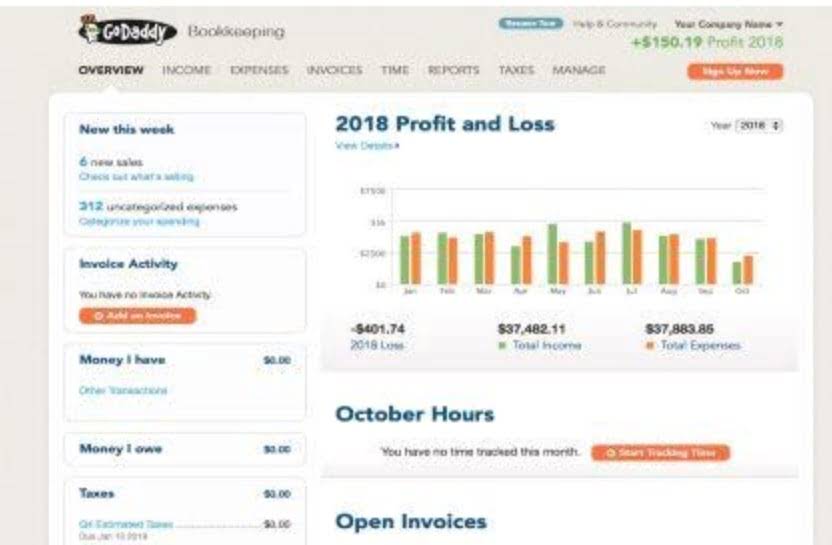
However, you can use both formulas to calculate equity for shareholders equally well. When calculating shareholders’ equity using either of the below two formulas, it’s essential to add up all of these components when calculating the total asset value of a firm. Total equity is defined as the difference between the total assets value and the total liabilities value. Total equity (book value) might be equivalent to total shareholder equity on a company’s balance sheet if you look at it from the standpoint of book value. The statement gives shareholders an overview of the company’s performance.
The result means that Apple had $1.80 of debt for every dollar of equity. It’s important to compare the ratio with that of other similar companies. In general, there are three different total equity formula levels of market capitalization, and each level has its own profile. Companies with a market capitalization of less than $2 billion are considered small capitalization, or small caps.
What is Shareholders Equity?
The fundamental accounting equation is the quickest and easiest way to determine shareholders’ equity. In order to assess total solvency, loan holders are therefore not overly concerned with the value of equity beyond the basic level of equity. But because stockholders’ equity may only be paid out after bondholders’ equity has been paid out, shareholders are worried about both liabilities and equity accounts. When a firm issues common shares and preferred shares in addition to its retained operating profits, this is referred to as shareholder equity, stockholder equity, or shareholder net worth.

As a result, borrowing that seemed prudent at first can prove unprofitable later under different circumstances. These balance sheet categories may include items that would not normally be considered debt or equity in the traditional sense of a loan or an asset. Because the ratio can be distorted by retained earnings or losses, intangible assets, and pension plan adjustments, further research is usually needed to understand to what extent a company relies on debt. The market value of equity is also distinct from the book value of equity. The book value of equity is based on stockholders’ equity, which is a line item on the company’s balance sheet. A company’s market value of equity differs from its book value of equity because the book value of equity focuses on owned assets and owed liabilities.
Stockholders’ Equity and Retained Earnings (RE)
The entity might choose not to distribute the retained earnings to the shareholders if they need funds to expand its operation. Return on equity tells you how efficiently a company can generate profits. Generally the higher the ROE the better, but it is best to look at companies within the same industry https://www.bookstime.com/ or sector with one another in order to make comparisons. Gearing ratios focus more heavily on the concept of leverage than other ratios used in accounting or investment analysis. The underlying principle generally assumes that some leverage is good, but that too much places an organization at risk.
For example, in the second quarter of 2023, Bank of America Corporation (BAC) had an ROE of 11.2%. According to the Federal Deposit Insurance Corporation (FDIC), the average ROE for the banking industry during the same period was 13.57%. Gearing ratios constitute a broad category of financial ratios, of which the D/E ratio is the best known. Personal D/E ratio is often used when an individual or a small business is applying for a loan. Lenders use the D/E figure to assess a loan applicant’s ability to continue making loan payments in the event of a temporary loss of income. Working capital indicates whether a company will have the amount of money needed to pay its bills and other obligations when due.





